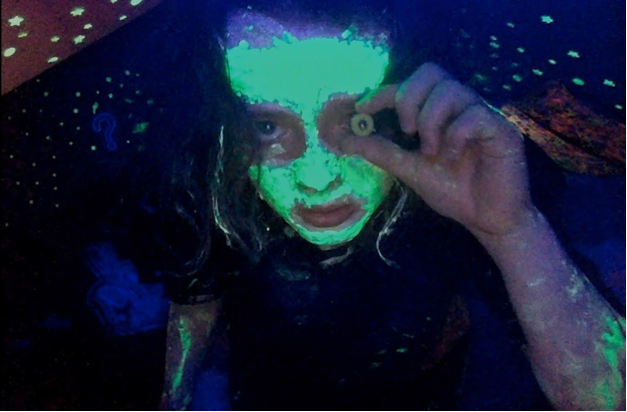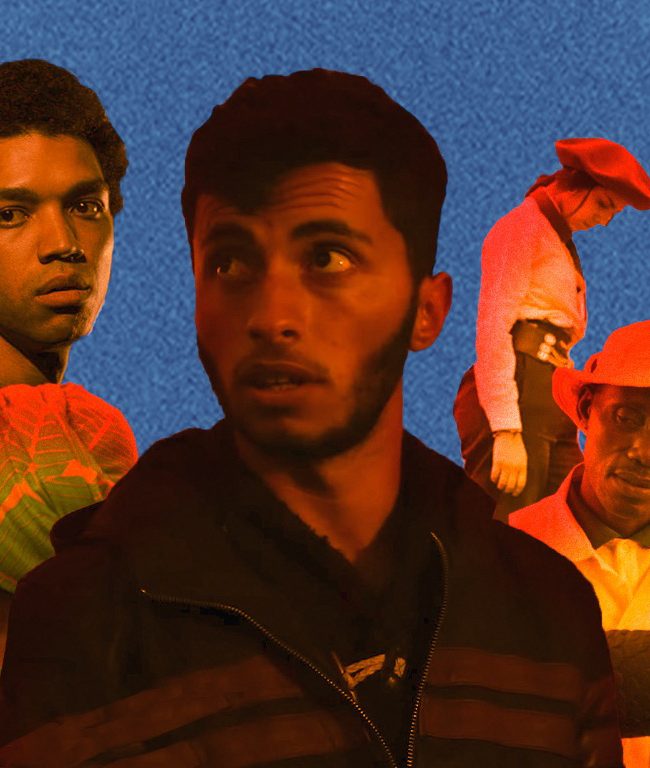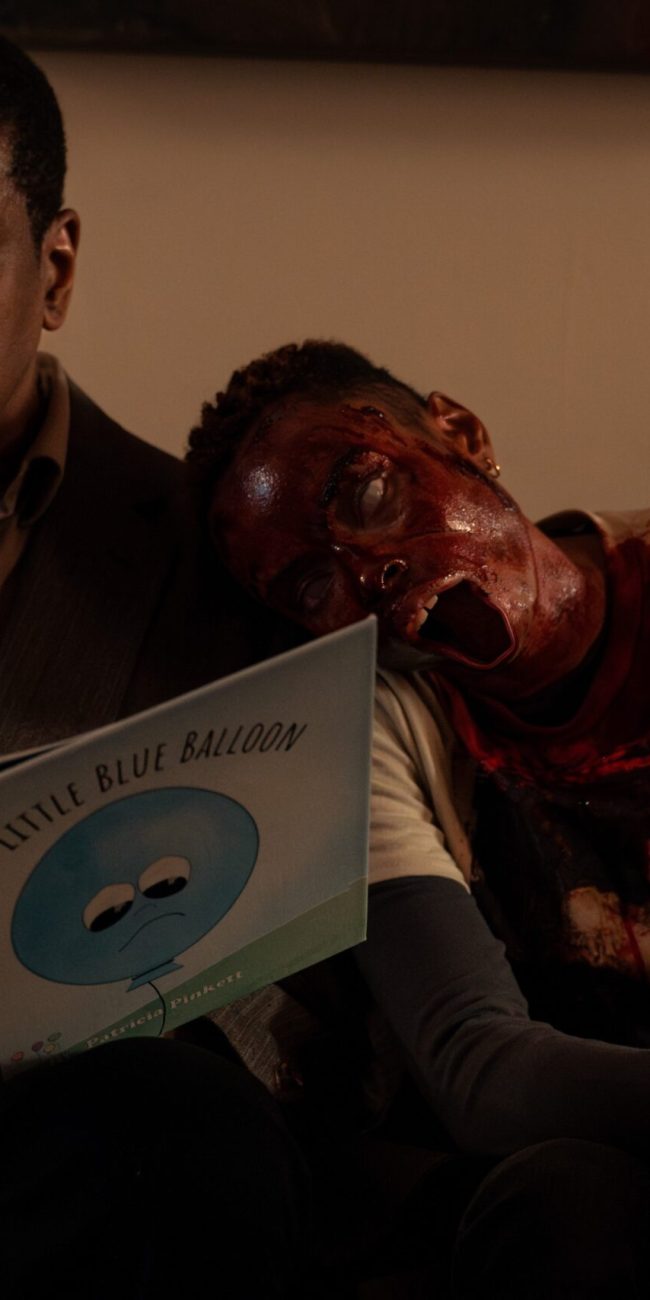WE’RE ALL GOING TO THE WORLD’S FAIR

(After its premiere at the 2021 Sundance Film Festival, Jane Schoenbrun‘s We’re All Going to the World’s Fair continues its impressive festival run, including a showing this week at New Directors/New Films.)
Jane Schoenbrun’s film opens with an 8-minute-long fixed-camera shot of a teenage girl, Casey, (Anna Cobb) alone in her darkened bedroom talking directly into the camera. She looks very much like the young Elliot Page circa 2007’s Juno. But unlike that conservative comedy ,the anxiety and trepidation conveyed by Cobb is direct and unmediated by the twee irony often seen in the typical Sundance indie. One gets a sense right away, from this first shot, that the filmmaker understands that a personal story structure is essential to a unique cinematic vision. This opening shot announces its alignment with the true spirit of indie, the spirit which uses form and structure to disrupt our own complacent relationship to the film as distraction commodity. It’s no wonder that so many reviewers have called this the most interesting film at the recent Sundance festival.
One of the first times direct address was used in a fictional indie film was in 1967 in the film David Holzman’s Diary. That film starred L.M. Kit Carson who also was involved in conceiving the story and formal concept with writer director James McBride. Shortly before he died, I was lucky enough to have lunch with L.M. Kit Carson near his upper East Side apartment. At the time we were talking about an idea he had for a Western, but I was able to ask him several questions about this seminal indie film. He told me that what motivated his character, David Holzman, was the dread connected to the military draft. The idea that he was about to be shipped off to a real-life nightmare horror film where he would be asked to kill and participate in violence was the biggest aspect of his characters sense of fear and anxiety. Likewise, Casey in her late-night confessionals to her computer (here the modern blue screen replaces David Holzman’s 16mm éclair camera) describes her sense of dread and alienation from the rest of the world.
In David Holzman’s Diary, David often leaves his bedroom and ventures out into the streets of NYC looking for ‘truth’ through the lens of his camera. These scenes challenge the typical cinéma-vérité documentary assumptions about the relationship between intentional fiction and unscripted reality. It’s only until the end credits that the viewer realizes that the whole film was a fictional game preying upon the audience’s formal assumptions about what made a film “real” or ‘honest.” In We’re All Going to the World’s Fair, Casey is a willing participant in a role-playing game which purports to immerse you in a transformative experience. We can assume that the impulse to play the game comes from a desire to escape her isolated life and in the process gain some sense of control over her own destiny. Cobb’s performance is dramatic and powerful because she is able to convey Casey’s self-awareness that such internet games are potentially dangerous. At one point she lets us know that she has access to her father’s machine gun.
Further complicating matters is that there is an “Oz” behind this firewall curtain. Played by the familiar horror actor Michael J Rogers, his intense aura makes us unsure of his motivation to reach out to Casey, but we can only assume the worst. Some demons are real and in many ways such internet connections truly are gateways into hellish realities. The film moves through these metaphorical and actual portals via Casey’s intelligent skeptical perspective and her desire to mediate these various spaces gives her journey true tragic weight. We all know how this story can end. Though the nightmare world may be constructed within a role-playing “game.” these fears and threats are no less valid than David Holzman’s own dread regarding his impending future in the jungles of Vietnam. We’re All Going to the World’s Fair is a powerful exploration of how fiction and internet role-playing games can be used by troubled teens struggling to manage their fears and anxieties. It’s a compelling compliment to an increasingly influential American indie film; David Holzman would never have guessed that the line between fiction and reality would get this murky.
– Mike S. Ryan











